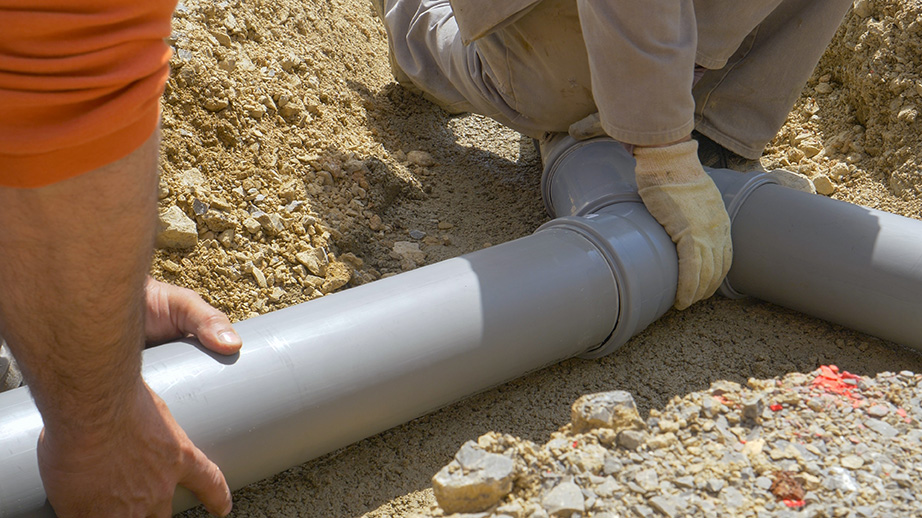We're here to help.
Planning Tips
When considering materials for a new driveway, homeowners often compare interlocking pavers to stamped concrete. Interlocking paver driveways offer superior durability and flexibility. Each paver is an individual unit, which allows the driveway to flex slightly under pressure or as the ground shifts over time. This reduces the likelihood of cracks that often plague stamped concrete surfaces, particularly in regions with freeze-thaw cycles or unstable soil. If a paver is damaged, it can be easily replaced without having to redo the entire driveway, making long-term maintenance simpler and more cost-effective.
Aesthetically, interlocking pavers provide greater design versatility than stamped concrete. Pavers come in a variety of shapes, colors, and textures that can be mixed and matched to create custom patterns or complement existing landscaping features. While stamped concrete can imitate the look of stone or brick, it often lacks the depth and realism of actual pavers. Moreover, over time, stamped concrete tends to fade and may develop surface imperfections, whereas high-quality pavers retain their appearance and color for decades with proper care.
From a practical standpoint, interlocking pavers also offer better traction and drainage. The small gaps between pavers allow water to seep through rather than pooling on the surface, reducing the risk of slipperiness and erosion. This makes them especially suitable for sloped driveways or areas prone to heavy rainfall. In contrast, stamped concrete is a single continuous slab, so any cracks or surface issues can impact the entire structure. For homeowners looking for a durable, attractive, and low-maintenance driveway solution, interlocking pavers clearly outshine stamped concrete in both performance and longevity.
From driveways to walkways to patios, the KOR team will design and build a lasting, beautiful solution for your property. Call us for a free estimate!
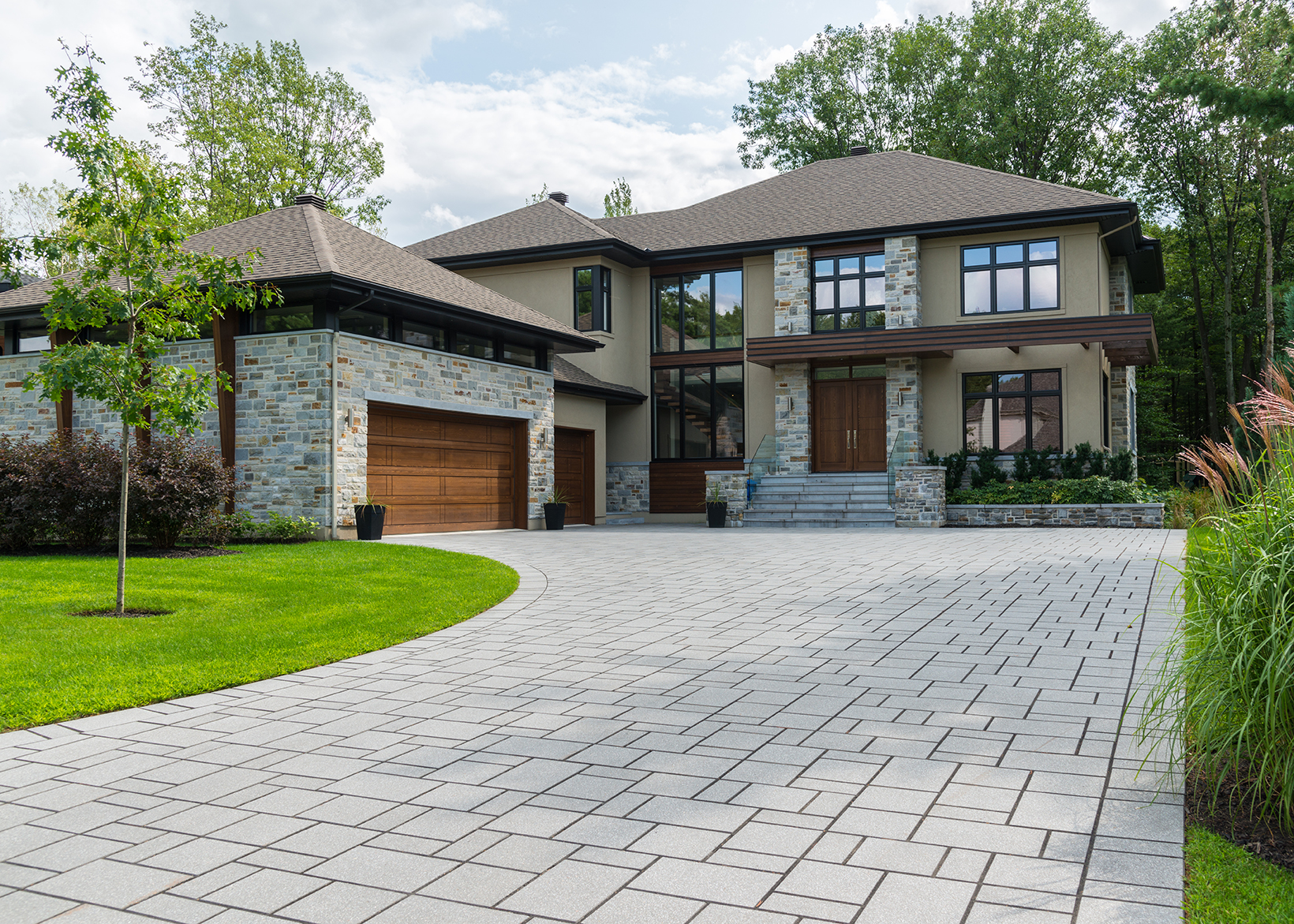
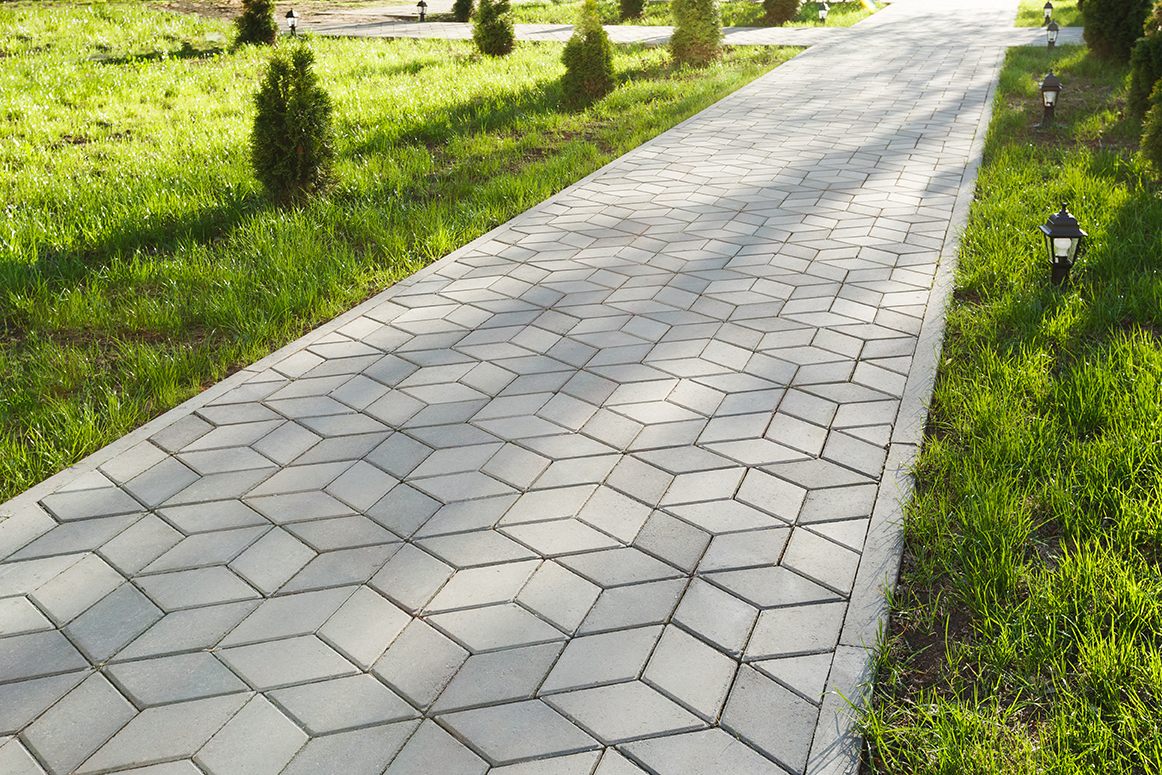
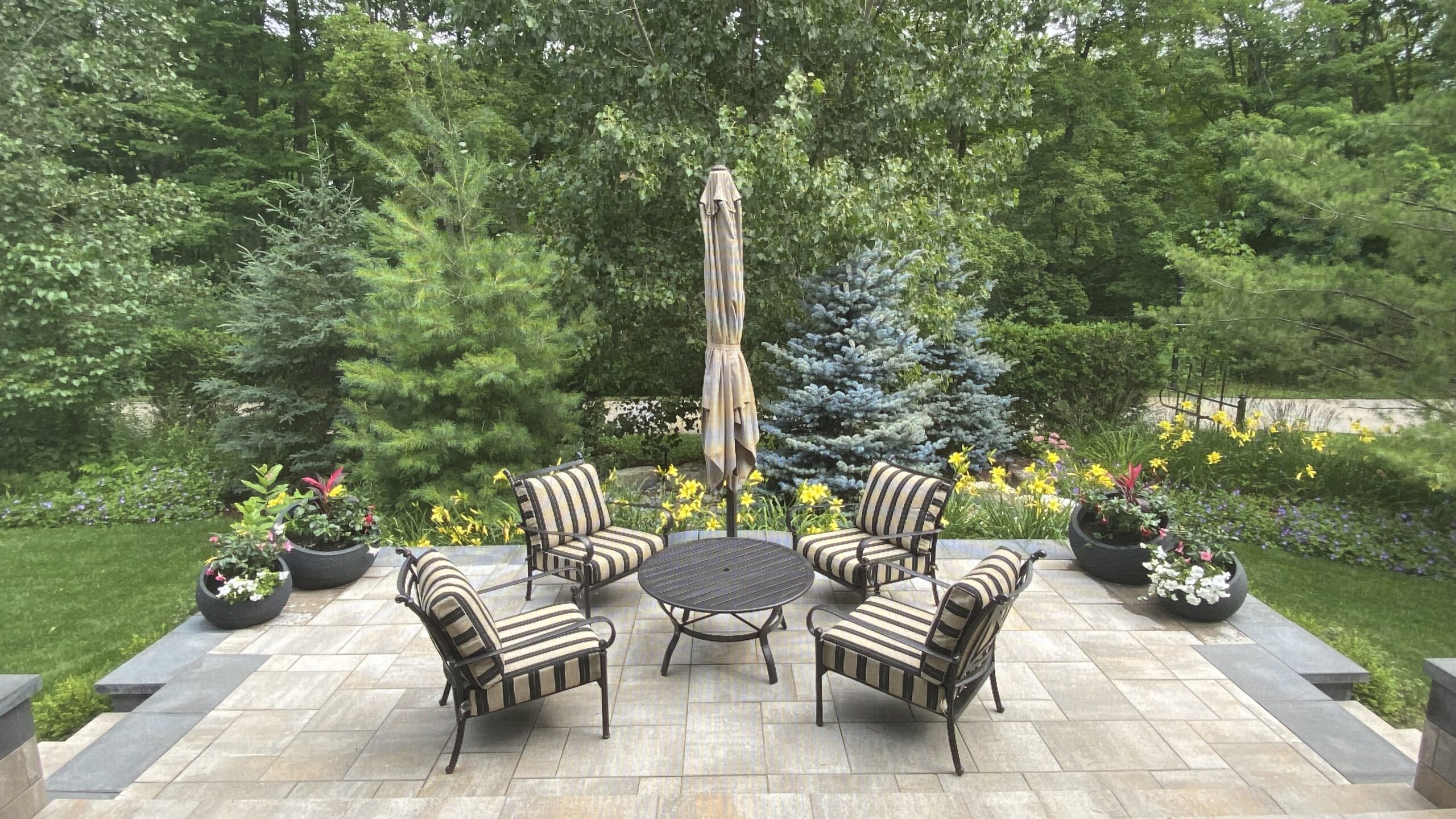
Garden design and plant selection is important. Here are some tips to get you thinking…
Planning a garden for your house begins with understanding your space and goals. Start by observing how sunlight moves across your yard throughout the day, identifying areas of full sun, partial shade, and full shade. This will help determine which plants will thrive where. Consider the climate of your region, soil quality, and drainage patterns. Sketch a simple layout of your yard and decide on the type of garden you want. Group plants with similar water and sunlight needs together for easier maintenance and better growth.
Next, think about the aesthetic and functional aspects. Choose a color scheme and mix plant heights and textures for visual interest. Leave enough space for walking paths and consider how the garden will look throughout the year, not just during the growing season. Adding features like raised beds, trellises, or garden benches can enhance both beauty and usability. Finally, create a planting calendar based on your local growing season to ensure timely sowing, and plan for regular maintenance like watering, weeding, and pruning to keep your garden thriving.
From initial design to bed prep, plantings and mulching, ask us for an estimate today… we will create the perfect natural space for you!
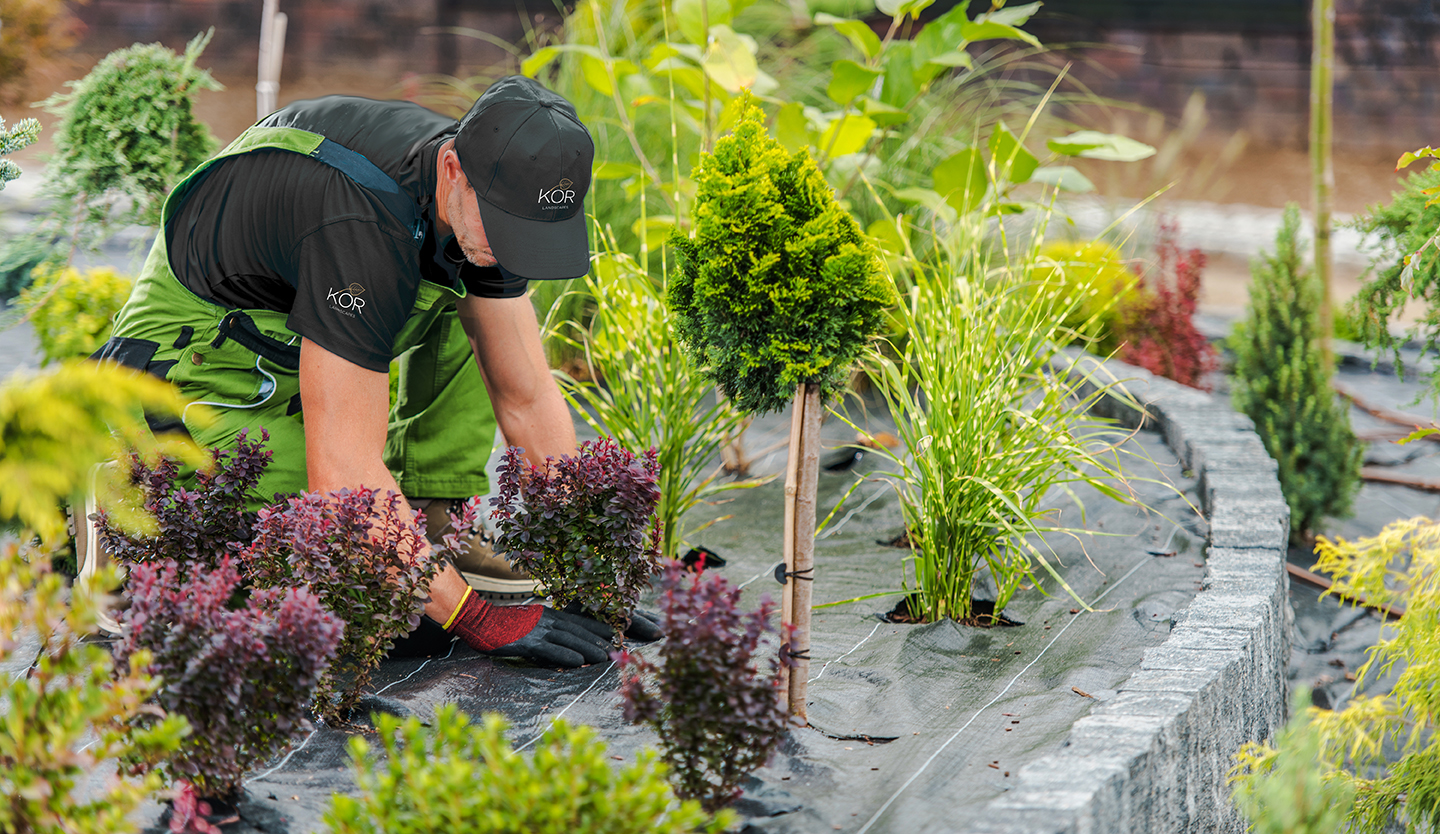
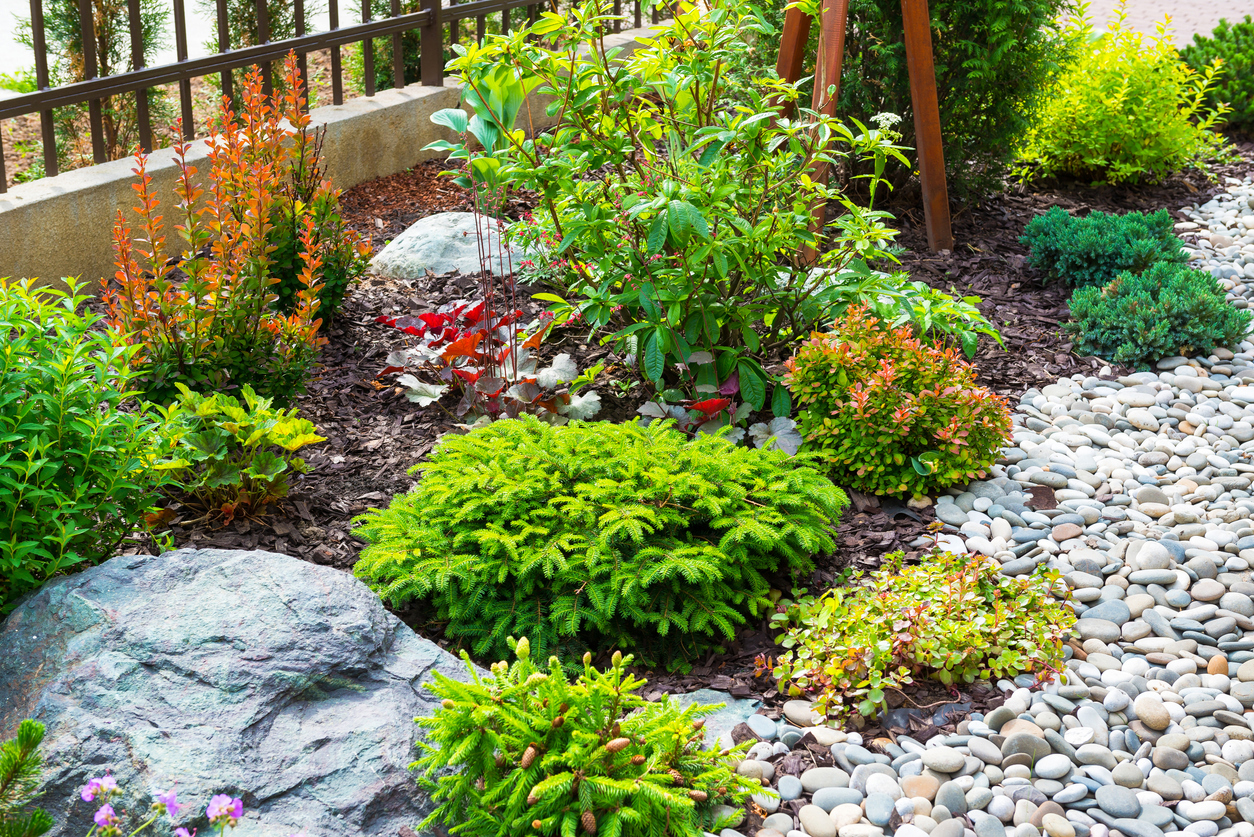
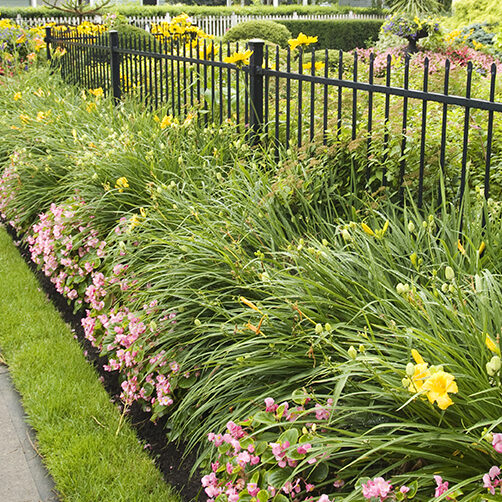
Retaining walls require proper planning.
Proper planning is essential when building a retaining wall on your property, as it ensures both structural integrity and long-term functionality. Retaining walls are not just decorative features, they are load-bearing structures that manage soil pressure, prevent erosion, and control water drainage. Without proper planning, a wall can fail due to poor design, inadequate materials, or lack of drainage, leading to costly repairs or even damage to nearby property or structures. Key considerations include the wall’s height, soil type, slope, and the expected water flow in the area. Consulting with a professional engineer or landscape designer is often wise, especially for walls over a few feet tall.
In addition to structural concerns, proper planning also ensures compliance with local building codes and zoning regulations, which may require permits or inspections. It allows you to choose the right materials — such as concrete blocks, natural stone, or timber—that match your landscape and budget. Good planning also incorporates access for construction equipment, future maintenance needs, and potential landscaping enhancements like stairs or integrated planters. By investing time in careful design and preparation, you avoid common pitfalls and create a safe, durable, and visually pleasing retaining wall that adds lasting value to your property.
Retaining walls require expertise. KOR’s construction team can help you. Call us today for a free estimate!


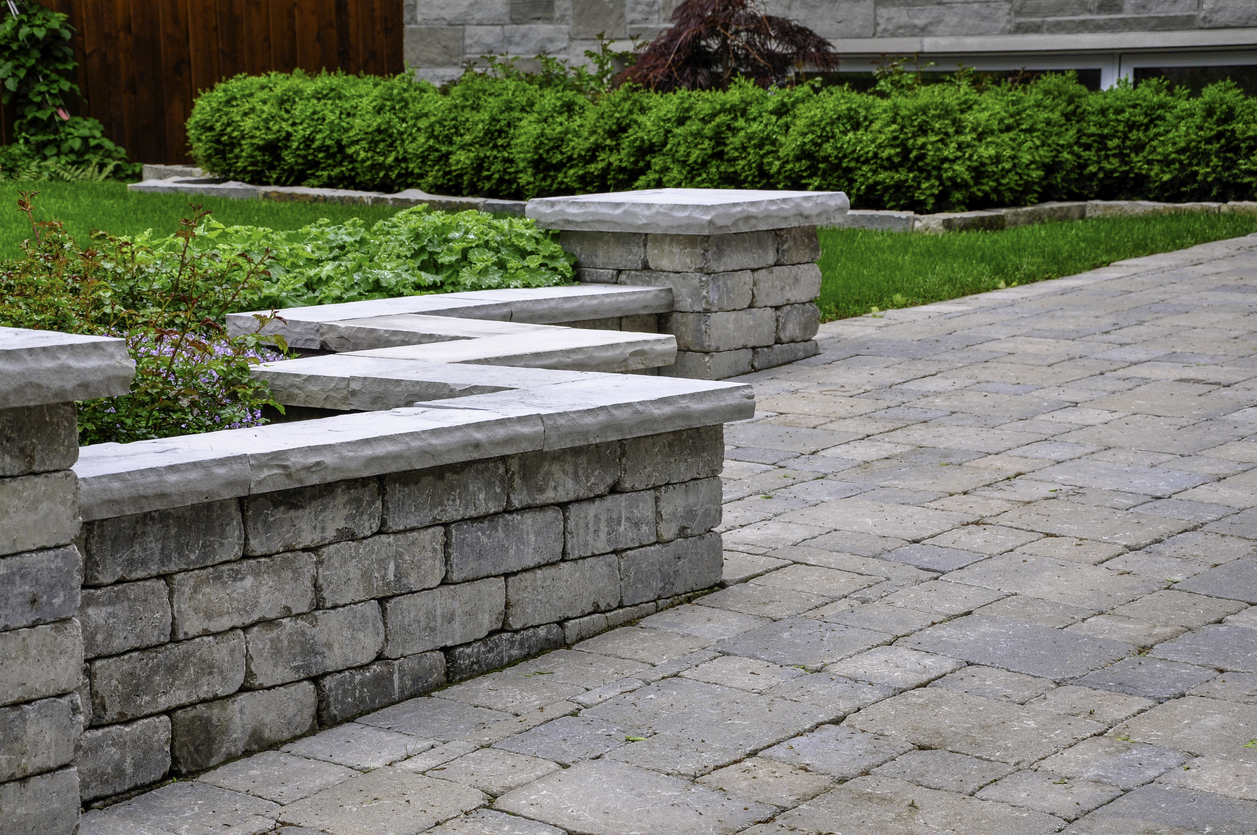
Ready for a new backyard patio? Here are some tips…
Planning a backyard project is an exciting opportunity to transform your outdoor space into a relaxing and functional retreat. A great starting point is designing an interlocking paver patio, which offers both durability and aesthetic appeal. These pavers create a solid foundation for entertaining and lounging while blending seamlessly with natural surroundings. To enhance the atmosphere, consider adding a fire bowl, perfect for cool evenings and gathering with friends. The warm glow not only adds ambiance but also extends the usability of your patio well into the evening hours.
To further elevate your backyard, incorporate a water feature, such as a cascading fountain or serene pond, which brings a calming sound and visual element to the space. Surround the area with beautiful gardens filled with colorful blooms and layered textures for a lush, vibrant feel. If your yard includes slopes or uneven terrain, a stone retaining wall can add both structure and style while preventing erosion and creating tiered planting areas. With thoughtful planning and the right elements, your backyard can become a personalized haven that balances beauty, function, and relaxation.
KOR Landscapes can help you design and build the perfect oasis in your backyard. Call us and we can provide an estimate for you.

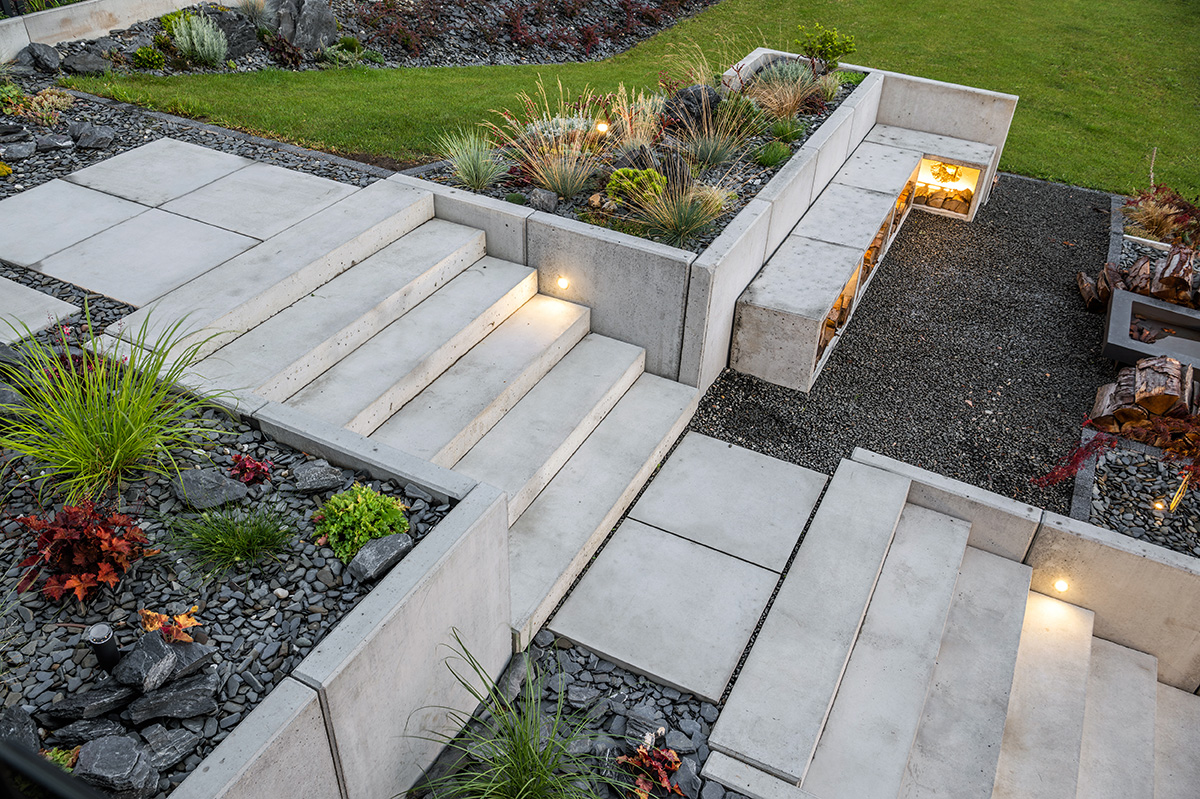
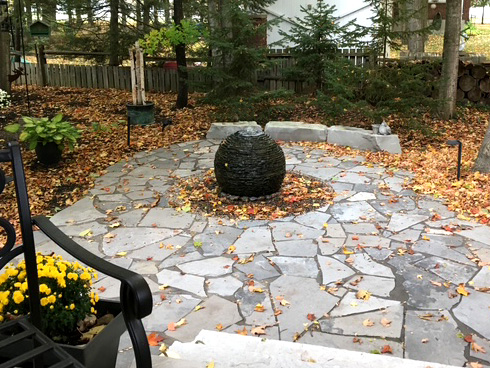
Water that is not properly draining can damage your house and gardens. Here are some tips to help you fix it.
Protecting your home and garden from water damage starts with effective drainage planning. When rainwater isn’t directed away properly, it can lead to basement flooding, soil erosion, and damaged landscaping. One of the first lines of defense is ensuring your eavestrough downspout extensions carry water at least several feet away from your foundation. Redirecting that water into a French drain system—a gravel-filled trench with perforated PVC piping—can help disperse it underground safely, preventing pooling near the base of your home.
In areas where water tends to collect or flow across paved surfaces like driveways or patios, installing a channel drain can be an effective solution. These surface-level trenches, typically covered with a grate, collect runoff and funnel it through underground piping. Connecting this setup to a larger drainage system or to a drywell—a deep hole filled with gravel or a plastic tank that allows water to slowly percolate into the soil—further ensures excess water doesn’t return to problem areas.
For garden protection, it’s crucial to combine these systems thoughtfully. You can guide runoff from your eavestrough downspout into PVC piping that leads to a drywell or a French drain placed strategically between garden beds. This keeps plant roots from becoming waterlogged while preserving soil structure. With the right combination of drainage solutions, you can protect both your home’s structure and the beauty of your landscape from water damage.
Want help from the KOR drainage team? Call us today!
